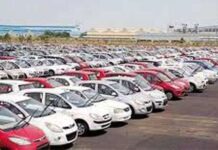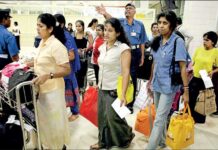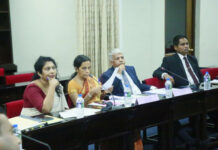Sri Lanka posted a current account surplus of USD 191 million in May 2025, raising the total surplus for the first five months of the year to USD 1.31 billion, according to provisional data from the Central Bank of Sri Lanka.
The surplus reflects continued muted government capital expenditure, reduced reliance on foreign financial inflows, and a gradual recovery in private sector credit. The Central Bank also revised its earlier data, adjusting the March surplus down to USD 104 million (from USD 130 million), February up to USD 361 million (from USD 359 million), and January up to USD 473 million (from USD 459 million).
Economists note that the surplus is a result of lower domestic investments and restrained import demand, driven by non-inflationary monetary policy. Such policy reduces liquidity injections, prevents forex shortages, and facilitates smoother external payments—a challenge often referred to as the “transfer problem” in classical economics.
Meanwhile, the Ministry of Finance has revised Sri Lanka’s 2025 budget deficit down to 6.5% of GDP, from an earlier estimate of 6.7%, according to the latest Fiscal Strategy Statement. The revision comes amid lower-than-expected interest payments and slower capital spending.
The government projects revenue to remain in line with the 15.1% of GDP target, while current expenditure is expected to be marginally higher by 0.1%, and interest costs lower by the same margin.
Capital expenditure and net lending are now projected at 3.7% of GDP for 2025—below the initial 4% target but higher than the 2.7% recorded in 2024. Deputy Minister of Economic Development Anil Jayantha stated that while capital spending had been slow, it would be gradually ramped up, focusing on priority areas with higher returns. He noted that only 65% of planned capex was spent in 2024, reflecting a historical trend of underutilized development budgets.
Lower government borrowing has contributed to falling interest rates, improving access to credit for the private sector, particularly in construction, where deflationary conditions have made costs more predictable. The economy grew 4.8% in the first quarter of 2025, driven largely by private sector activity.
Analysts drew comparisons to the 2001–2003 recovery period, when fiscal compression and exchange rate stability led to a sharp economic rebound under then Prime Minister Ranil Wickremesinghe.
With stable macroeconomic conditions, restrained public spending, and a growing private sector, Sri Lanka is charting a path toward long-term growth and investor confidence, officials said.



